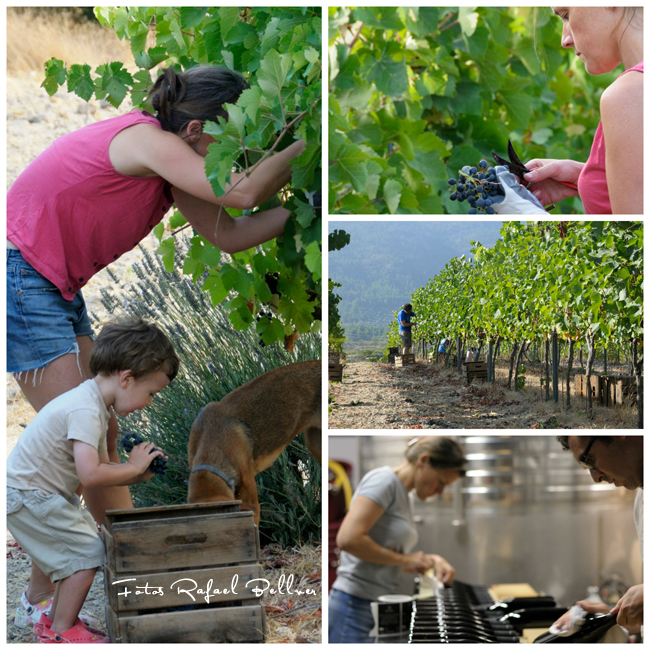Jared Moossy is an American photographer who filmed all four episodes of the documentary series Witness. He specializes in conflict photography and is a founding member of the photo-collective Razon. For the Witness series, he travelled to Juarez, Libya, Sudan, and Brazil. Witness shows what life is like for photojournalists working in conflict zones; how they utilize fixers and contacts, search out a story, and make their photographs. The series also touches on the dangers that the photographers, their colleagues, and subjects face, while pursing this work.
An Interview with Jared Moossy, in Nowhere Magazine.
Anyone who knows me knows that war photographers and journalists fascinate me. I read a lot of their literature simply because I have this idea that they take the reader beyond the gloss and spin that is everyday news, beyond everyday life, to a place where agendas don't really play out in reporting the news and the truth can't be bought and repackaged.
They go out into the world and attempt to tell the story ... a story with words and/or photographs. Camille Lepage was one of those people. She was a 26-year-old French photojournalist who died on Tuesday May 14th, 2014 in Central African Republic.
She said, “You, as a photojournalist, are the messenger, you’re not the one who will implement new laws on Human Rights in Russia or Chechen, you’re not the one who will put rapists in jail, you will not cure Aids and won’t give food to all of those who are malnourished, but you’re the one, and that’s essential, who is going to denounce those things. Your job, or at least that’s how I see my role, is to make it as appealing as possible so people can relate to it and ideally put pressure on those in charge and whose role is to make things change!”
Camille Lepage, December 1, 2011, via the blog of Christine Dowsett.
Jared Moossy for Nowhere Magazine: Syria from Nowhere Magazine on Vimeo.


